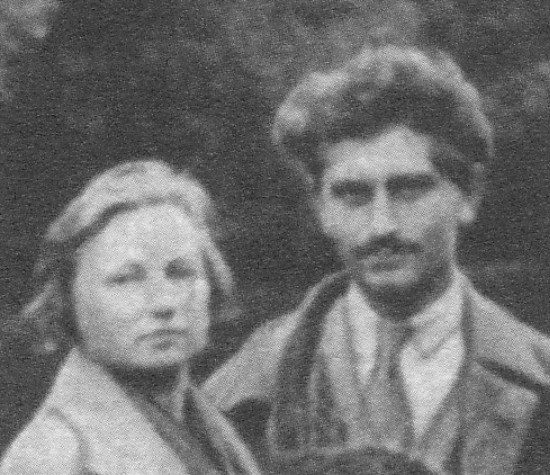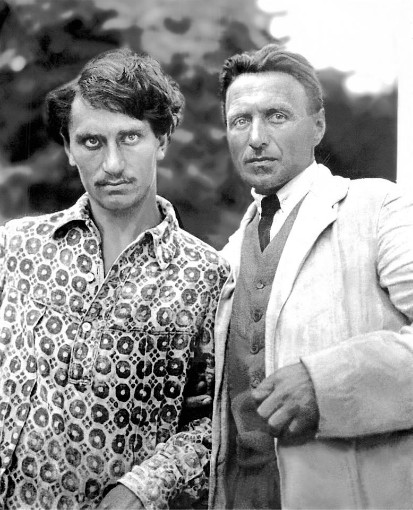Sedliar, Vasyl
Sedliar, Vasyl [Седляр, Василь; Sedljar, Vasyl’], b 12 April 1899 in Zhorzhivka, Poltava gubernia, d 13 July 1937 in Kyiv. Painter and graphic artist. Sedliar studied at the Kyiv Art School (1915–19) and then at the Ukrainian State Academy of Arts (1919–22) under Mykhailo Boichuk. He worked on large-scale murals, illustrated books, designed packaging, and produced ceramic works. In 1919 he was part of the team that decorated, under Boichuk's direction, the Lutsk regimental army barracks in Kyiv (destroyed in 1922). Together with Oksana Pavlenko and other painters, he executed murals on the walls of auditoriums of the Kyiv Institute of Plastic Arts (1924, these frescoes were destroyed in 1934) and at the Mezhyhiria Ceramics Tekhnikum (1924). Sedliar was the director of the Mezhyhiria Ceramics Tekhnikum (1923–30) and a teacher at the Kyiv State Art Institute (1930–6). He was one of the founders and key leaders of the Association of Revolutionary Art of Ukraine. Together with Boichuk, he visited Germany and France (1926–27) and created a series of paintings entitled ‘Europe ’ which were sharply criticized by the Communist Party critics. With Boichuk, Ivan Padalka, and other painters he worked on the frescoes, later destroyed, in the Kharkiv Chervonozavodskyi Ukrainian Drama Theater. As art critic, Sedliar opposed the official Soviet theory that argued the crucial influence of the Peredvizhniki movement and Russian realist painting in general on the development of Ukrainian art.
Like Mykhailo Boichuk, Sedliar worked in a style combining the techniques and large simplified forms of traditional Byzantine and Ukrainian icon, the Italian Renaissance painting of the Quattrocento period, and the Ukrainian folk art with formalist theory and contemporary subject matter. He used fresco in his murals and egg tempera in works such as Portrait of the Artist O. Pavlenko (1927), In the Liknep School (1924–5), and An Execution in Mezhyhiriia (1927). In 1931 a special edition of Taras Shevchenko’s Kobzar was published with Sedliar’s illustrations (75 paintings). Under the increasing pressure from the Party, in the mid 1930s Sedliar incorporated into his works (such as the frescoes in the Kharkiv Chervonozavodskyi Ukrainian Drama Theater) elements of socialist realism, but this did not save him from persecution during the Stalinist terror. He was arrested on 26 November 1936, charged with terrorist activity and later executed together with Boichuk and Ivan Padalka. Following his execution, the majority of his creative works, including thousands of paintings, were destroyed by the NKVD, and the edition of the Kobzar with his illustration was banned and destroyed. He was posthumously ‘rehabilitated’ in 1958.
BIBLIOGRAPHY
Kravchenko, Iaroslav. Shkola Mykhaila Boichuka. Trydttsiat sim imen (Kyiv 2010)
Marko Robert Stech
[This article was updated in 2012.]
.jpg)
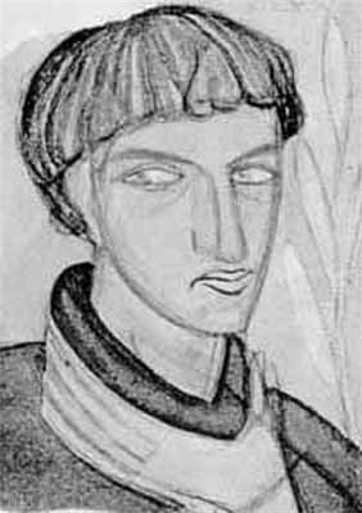
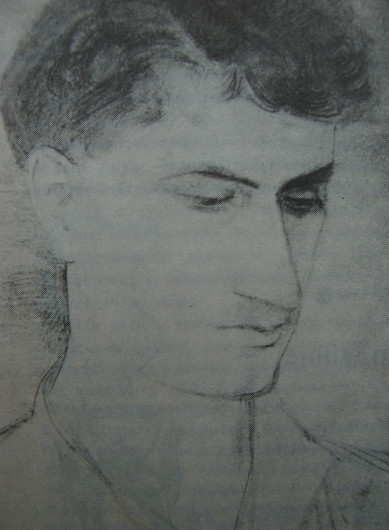
.jpg)
.jpg)
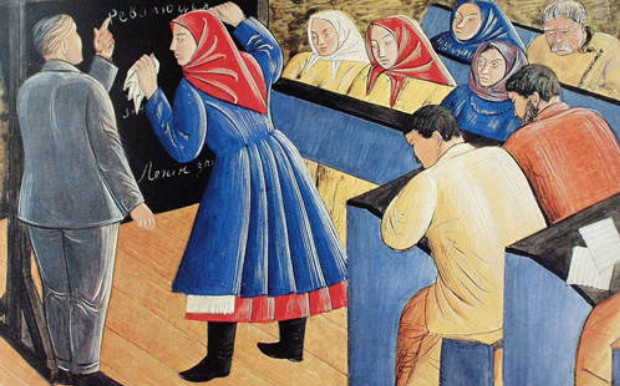
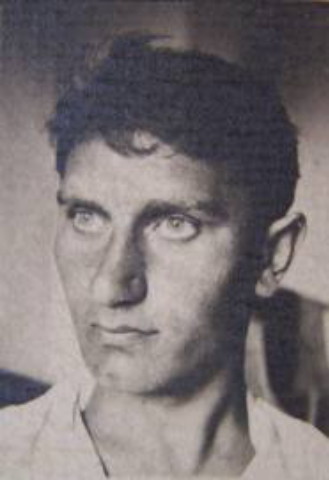
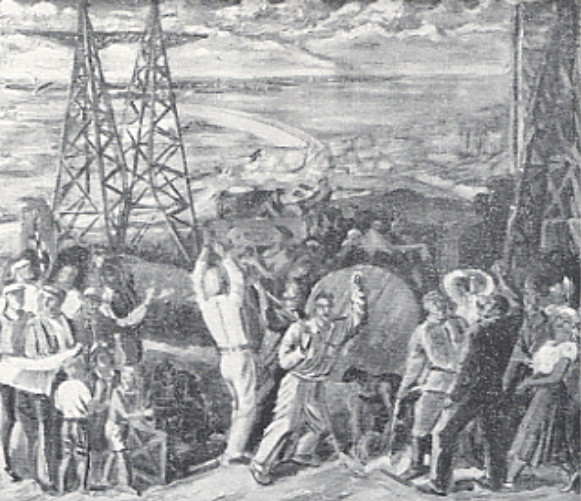
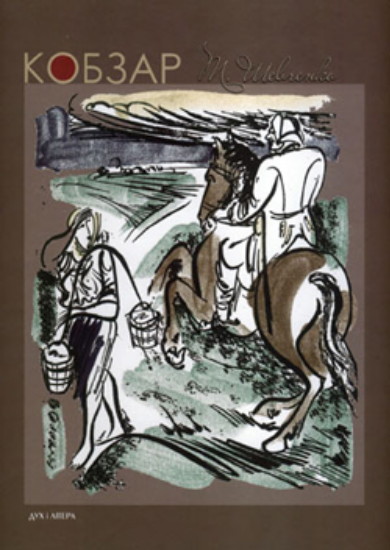
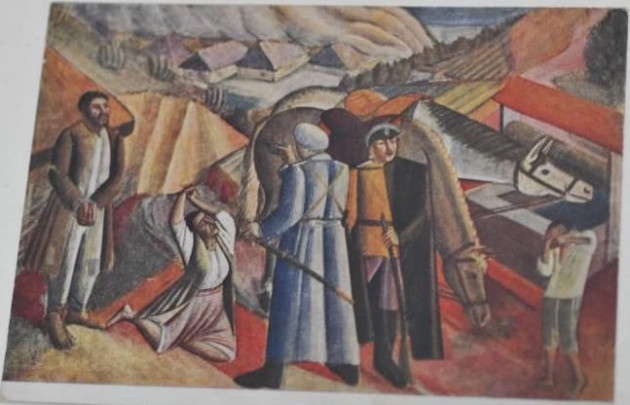
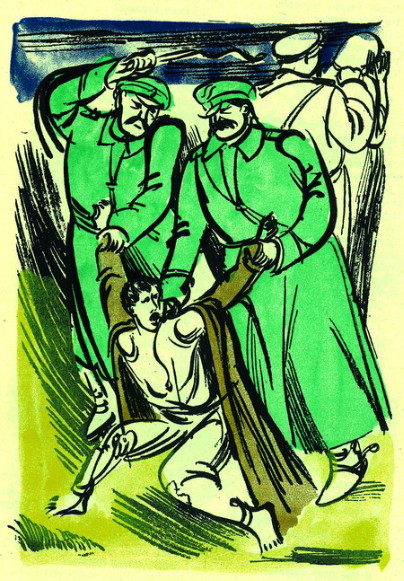
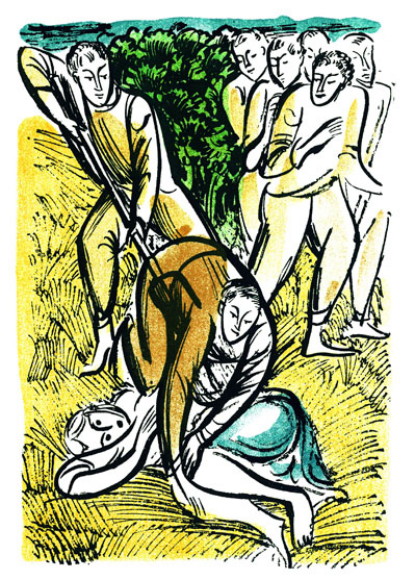
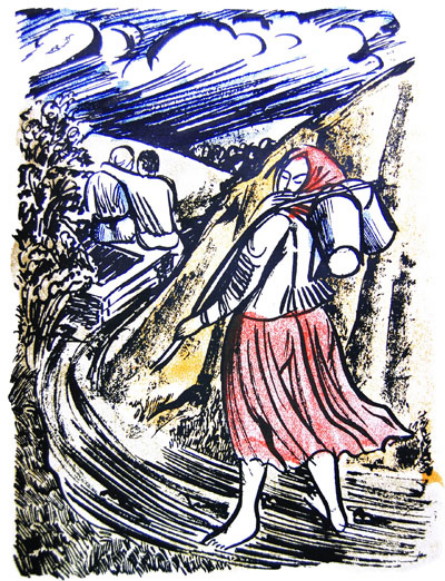
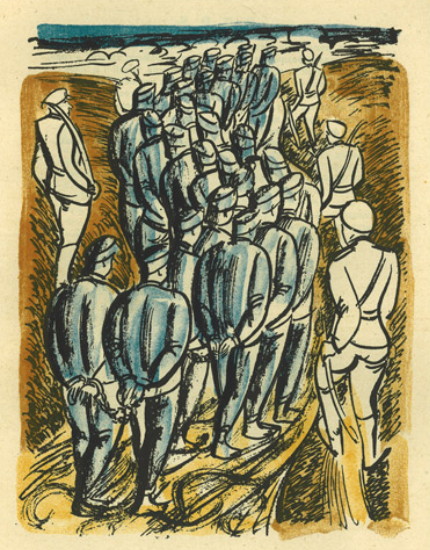
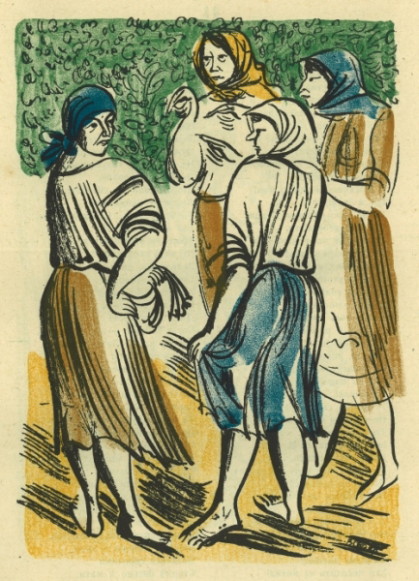
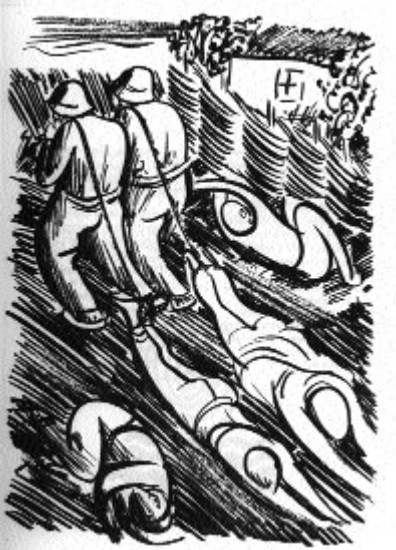
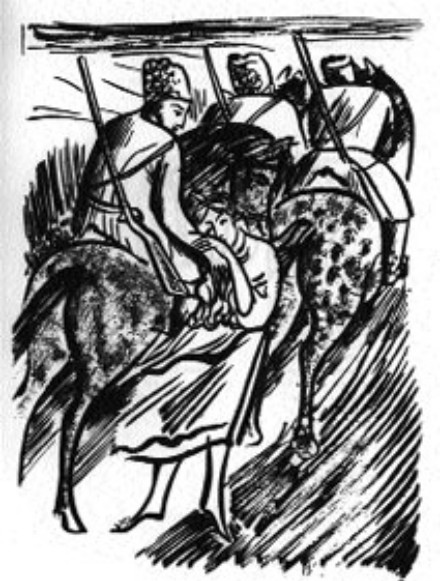
.jpg)
.jpg)
